The Evolution of ECG Technology
 Apr 14,2025
Apr 14,2025

 Uryn
Uryn
For centuries, the beating heart remained one of medicine's greatest mysteries. Like blind men trying to describe an elephant, doctors could only guess at the heart's electrical activity until 1903, when Dutch physiologist Willem Einthoven recorded the first true electrocardiogram (ECG) using a 270kg device requiring five operators. This breakthrough earned him the 1924 Nobel Prize, yet it took nearly a century for ECGs to become a standard medical tool. Today, the technology has evolved from room-sized machines to wearable devices that may prevent sudden cardiac death.
The Challenges of Early ECG Technology
Einthoven's string galvanometer was revolutionary but impractical. Patients submerged their limbs in saline baths while the machine's delicate quartz string (just 0.002mm thick) vibrated in response to cardiac currents. The heart's electrical signals were astonishingly faint—between 10 microvolts and 4 millivolts—making detection akin to listening for a whisper in a storm.
For decades, ECG machines remained bulky laboratory instruments. The key limitation was amplification: without modern electronics, researchers relied on optical systems to magnify the string's movements, resulting in inconsistent readings.
The Semiconductor Breakthrough
The 1930s invention of semiconductors changed everything. Vacuum tubes and later transistors allowed reliable signal amplification, shrinking ECGs to desktop size. By the 1950s, hospitals worldwide adopted them for diagnosing arrhythmias and heart attacks. But deeper cardiac secrets remained hidden—until 1961, when researcher Durrer discovered ventricular late potentials (VLPs).
The Hidden Danger: Ventricular Late Potentials
VLPs are delayed electrical signals in damaged heart tissue, often preceding sudden cardiac death (SCD). Detecting them requires extreme precision, as they're 10–20 times weaker than standard ECG waves. Traditional machines needed shielded hospital rooms to block electromagnetic interference (EMI) from everyday sources like lights and electronics.
This created a paradox: VLPs could warn of impending SCD in seemingly healthy people, but continuous monitoring required hospitalization—an impossible solution for at-risk populations.
The Wearable Revolution
Modern wearable ECGs (smartwatches, patches) face a critical trade-off:
Hospital machines use heavy EMI shielding for accuracy
Wearables prioritize size, sacrificing noise filtration
The breakthrough came from adaptive algorithms. Techniques like PSD (Power Spectral Density) filtering now allow wrist-worn devices to isolate VLPs from background noise. Recent studies show certain wearables achieving >80% sensitivity—matching clinical systems.
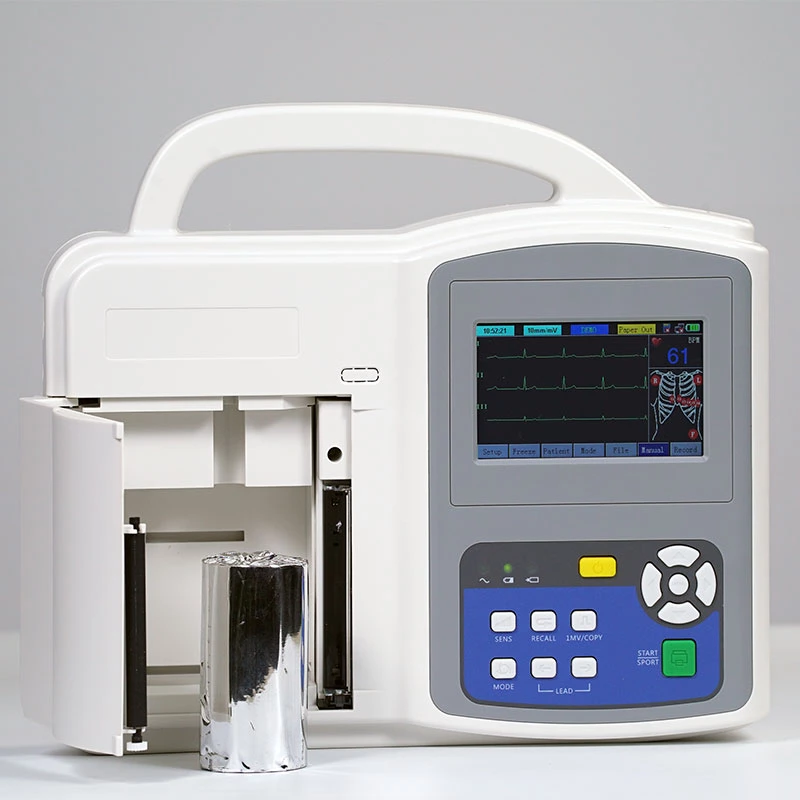
A New Era of Prevention
This innovation transforms cardiac care:
Early Detection: 10-minute home tests replace hospital visits
Continuous Monitoring: High-risk patients get real-time alerts
AI Integration: Predictive analytics identify threats before symptoms appear
From Einthoven's massive machine to today's discreet wearables, ECG technology has conquered seemingly impossible barriers. The next frontier—medical-grade VLPs detection in everyday settings—could make sudden cardiac death a preventable tragedy rather than a silent killer. As algorithms grow smarter, the dream of truly accessible heart monitoring is becoming reality.

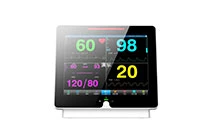

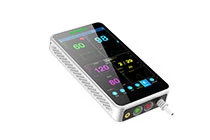
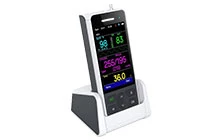
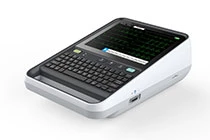
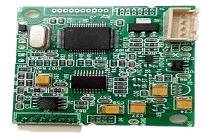

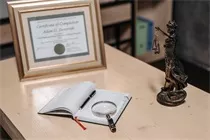


 Home
Home Basic Operation of Electrocardiogram
Basic Operation of Electrocardiogram  You May Also Like
You May Also Like

 Tel
Tel
 Email
Email
 Address
Address












